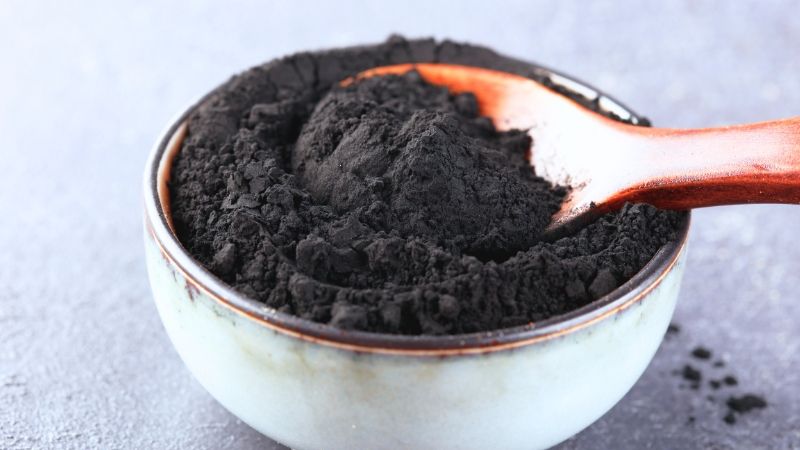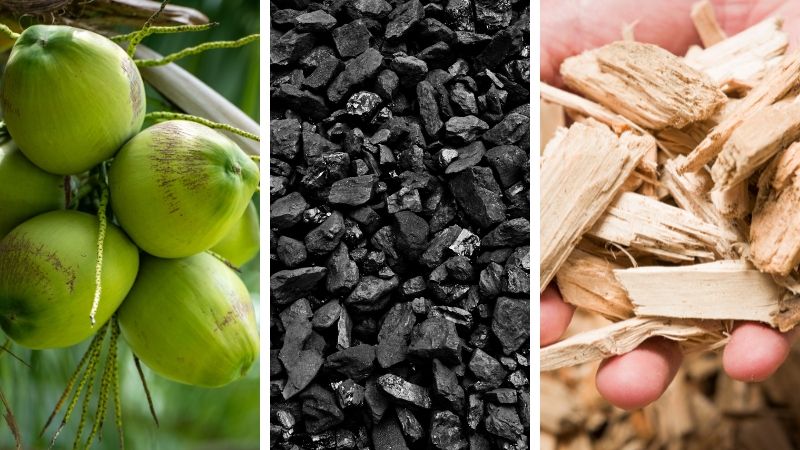In various industrial and laboratory applications, activated carbon is widely used in decolorization processes due to its excellent adsorption properties.
However, with so many types of activated carbon available on the market, choosing the most suitable product becomes a key issue. In this article, we will explore some key factors to consider when selecting activated carbon for bleaching.
Adsorption Capacity
Adsorption capacity is the main factor determining the decolorization effect. The specific surface area and pore structure of activated carbon directly affect its ability to adsorb dye molecules in solution.
Generally, activated carbon with well-developed micropore and mesopore structures obtains better decolorization results. These pores can effectively capture and immobilize organic dye molecules to achieve the desired decolorization effect.
Particle Size and Morphology

The particle size of activated carbon directly affects its adsorption rate and ease of use. Powdered activated carbon has a faster adsorption rate due to its smaller particle size, making it suitable for applications requiring rapid decolorization.
For example, wood-based powdered activated carbon is commonly used for decolorization in the sugar, pharmaceutical, beverage and wine industries.
However, powdered activated carbon is more difficult to separate and often must be used in combination with filtration equipment. In contrast, granular activated carbon is easier to separate from liquids due to its larger particle size and is suitable for systems that require reuse.
It is widely used in the decolorization process of products such as glutamic acid and salts, citric acid and salts. It effectively removes polyphenolic compounds, natural colorants and impurities from these products.
Type of raw material

The type of raw material used for activated carbon, such as coconut shell, charcoal or wood, determines its porous structure and adsorption properties.
Coconut shell-based activated carbon is particularly suitable for effective decolorization due to its high hardness and well-developed microporous structure; charcoal-based activated carbon excels in the treatment of macromolecular dyes due to its rich mesoporous structure; and wood-based activated carbon excels in a wide range of decolorization applications due to its unique pore structure.
Solution Features
When selecting activated carbon, factors such as pH, temperature, dye concentration and the type of liquid to be treated must be taken into account.
All of these conditions affect the adsorption performance of activated carbon. For example, some activated carbons adsorb better at certain pH levels, and temperature changes can significantly affect the adsorption rate.
Summaries
By analyzing and comparing the above points, we hope to help you make a wise decision in choosing activated carbon for decolorization. As a professional supplier of activated carbon, we are committed to providing our customers with the best quality solutions for decolorization.
Regardless of your application scenarios or needs, we can recommend and supply you with the most suitable decolorization activated carbon products according to your specific requirements.
By choosing us, you will not only get products, but also reliable technical support and excellent service experience. If needed, you can fill out the form below to contact our team of professionals.
